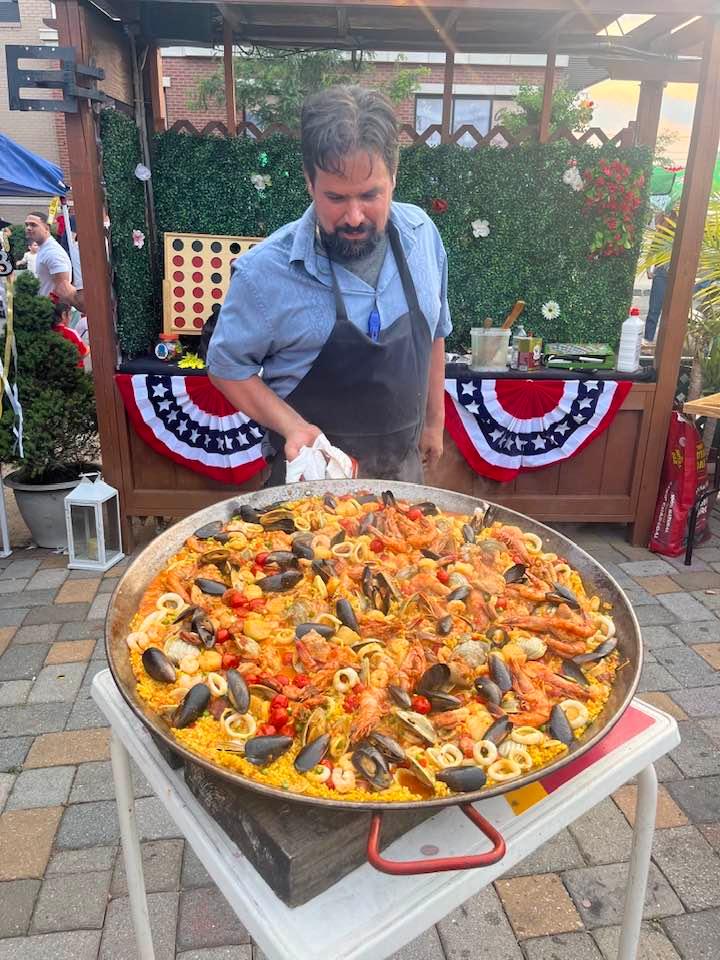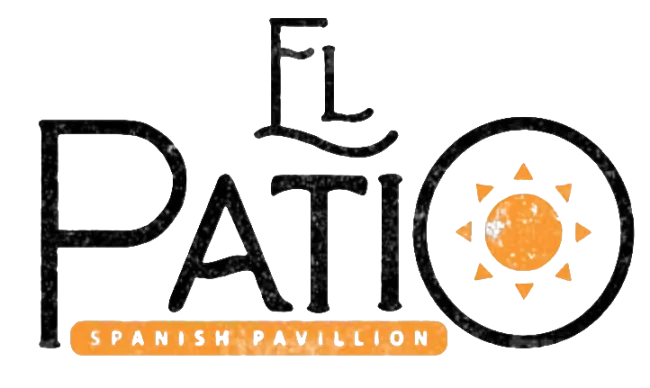Family Owned Since 1976
Our Blog

Exploring the Art of Paella: A Guide to Spain's Most Popular Dish
Spain is a country rich in culinary tradition, and few dishes encapsulate its vibrant culture as perfectly as paella. This iconic dish, with its roots in the region of Valencia, has become synonymous with Spanish cuisine, celebrated worldwide for its unique blend of flavors and communal spirit. Join us as we explore the art of paella, delving into its history, ingredients, and the secrets to making an authentic Spanish paella.
The Origins of Paella
Paella’s history is as colorful as its ingredients. Originating in Valencia, on Spain’s eastern coast, paella was initially a peasant’s meal, made with locally available ingredients. Farmers and laborers would cook rice in a flat pan over an open fire, mixing in whatever vegetables, meats, and seafood they had on hand. The word "paella" itself comes from the Old French word "paelle," meaning pan, which reflects the traditional method of cooking this dish.

Michael Fernandez of the Spanish Pavillion presenting a traditional Seafood Paella
The Essential Ingredients
At its core, paella is a rice dish, but what sets it apart is the variety and quality of its ingredients. Here are the key components that make up a classic paella:
Rice: Short-grain rice, such as Bomba or Calasparra, is ideal because it absorbs flavors while maintaining its texture.
Saffron: This precious spice gives paella its distinctive golden color and unique flavor.
Olive Oil: High-quality extra virgin olive oil is essential for sautéing the ingredients.
Meat and Seafood: Traditional Valencian paella often includes rabbit, chicken, and sometimes duck. Seafood varieties might feature shrimp, mussels, clams, and squid.
Vegetables: A mix of green beans, tomatoes, bell peppers, and peas are commonly used.
Broth: A rich, flavorful broth, often made from fish or chicken, is crucial for cooking the rice.
Seasonings: Apart from saffron, ingredients like garlic, paprika, and rosemary are often used to enhance the flavor.
The Art of Cooking Paella
Cooking paella is an art that requires patience and precision. Here’s a step-by-step guide to mastering this dish:
Prepare the Pan: Use a wide, shallow paella pan to ensure even cooking. Heat olive oil and sauté the meats until they are browned.
Add Vegetables: Once the meat is browned, add your vegetables and cook until they are tender.
Incorporate the Rice: Add the rice to the pan, stirring it with the meat and vegetables to coat each grain with oil and flavor.
Season and Simmer: Add saffron, paprika, and other seasonings, followed by the broth. Bring the mixture to a boil, then reduce to a simmer.
Layer the Seafood: If you’re making a seafood paella, arrange the seafood on top of the rice. Do not stir after this point.
Cook to Perfection: Allow the paella to cook until the rice is tender and has absorbed most of the liquid. The bottom layer of rice, known as “socarrat,” should form a crispy crust.
Rest and Serve: Let the paella rest for a few minutes before serving to allow the flavors to meld together.
Variations of Paella
While traditional Valencian paella is beloved, there are numerous regional variations, each with its own unique twist:
Seafood Paella: Popular in coastal areas, this version omits meat and focuses on a variety of seafood.
Mixed Paella: Combines both meat and seafood for a rich, hearty dish.
Vegetarian Paella: A meat-free option that highlights seasonal vegetables.
Paella: A Dish for All Occasions
Paella is more than just a meal; it’s an experience. It’s often enjoyed during festive gatherings and family meals, embodying the communal spirit of Spanish culture. Whether cooked over an open fire or in your kitchen, paella brings people together, making it the perfect dish for any occasion.
Conclusion
Exploring the art of paella is a journey into the heart of Spanish cuisine. With its rich history, diverse ingredients, and meticulous cooking process, paella is a dish that celebrates the best of Spain. Whether you’re a seasoned cook or a curious food lover, mastering paella is a rewarding endeavor that brings a taste of Spain to your table. So, gather your ingredients, fire up the stove, and embark on your own paella adventure. Bon appétit!



